That's right - you heard me. Shengpu and hongcha. The eternal golden braid! Together at last.
Well, perhaps not quite "together" together, but I had them sequentially, which must count for something.
First, the shengpu.
Heaven knows who or what Fenqqing Sunning [fung-ching soon-ning] might be, but I quite like 'em. The only other time that I have encountered them was for a 2006 cake which was a complete uberbargain at $35, given its Olde Schoole recipe and general potency. Like that cake, this "Chunjian" [spring tips] cake has been provided courtesy of TeaVivre, to whom I owe my most sincere thx.
I totally dug the 2006 cake in far out and happening ways, because it was simple, brutal, and generally rather strong. That goes a long way in my affections, particularly for a cake that is six years old. A bit of oomph is very welcome in this wishy-washy world of namby-pamby rhubarb.
So, this Chunjian has rather a lot to live up to. It is also a lot more expensive, being $58 (compared with the $35 for the 2006 cake).
Straight out of the starting stalls, the leaves look fine. I do loves me my Lincang prefecture cakes, which is apparently where this little chap originates. The company, Fengqing Sunning, is based in a city famous for the invention of dianhong.
The scent is strong in this one. So strong is the scent, in fact, that it blasts through my hay fever like a pressure hose pushing its way through a crowd of protesters.
As shown above, the leaves are big, dark, and look good. They have an aroma of purple fruits, which is rather pleasant, in addition to its strength.
Why the hay fever? As pictured above, my dear princess has decided that the dining table is a good place to dry her chrysanthemum flowers. She puts these in hot water, and drinks them as a (rather tasty) herbal tea. This year, we grew our own flowers, and were surprised by their sheer power: more than three small flowers in a cup and suddenly it's too strong to drink. You read that right: the ladytea suddenly becomes overpowering.
What is the world coming to?
The yellow soup of the Chunjian is penetrating in its sweetness, and heavily caffeinated - unlike the chrysanthemum. After a night of poor sleep, this Chunjian cake blasts me back to reality like a battle station nuking Alderan.
It isn't immensely thick, and has hints of plantation green, but it is stable and strong. Throughout its journey, it stays sweet and solid, but it is definitely "mainstream" pu'ercha, rather than anything more exalted. I suspect that the asking price is a wee bit high for my (perhaps rather tight) estimations, but it does deliver a good kick in the Death Stars, which is always welcome.
Onto the hongcha.
Dodo!
Ibis!
Triceratops!
Pteranodon!
My son returns from the Natural History Museum, with his gran. His vocabulary always amuses me. What amuses me more is the sight of his long-suffering mother trying to translate these bizarre terms into Mandarin.
At just under $20/100g, this is reasonably expensive tea. I always bear in mind the rock-bottom price of hongcha in Zhongguoland, although, I suppose, there are claims for this particular variety of hongcha being a higher form of life, etc.
Youji means "organic", which seems to count a lot more in the world of hongcha and lucha (where plantations are the norm) rather than in pu'ercha, where we like to kid ourselves that we're always drinking the leaves from 900-year-old mushu.
I don't drink tons of Qihong [chee-hong], because when I'm in the mood for red, I usually hit the brazen streetfights of Dianhong, or get fancy with my Bailin Gongfu. So, it's nice to try something out-of-the-ordinary.
Fact fans will no doubt already be aware that Qihong is short for "Qimen Hongcha" [red tea from the Qimen region], which gives us the dodgy translation of "Keemun" when buying low-grade fannings from the likes of Twinings and Whittards.
Would you believe that this Qihong smells of rich maltiness? I bet that comes as a big surprise. It is very incisive and lasting, however. It has tons of clean, dark fruits: sultanas, raisins, old plums - that sort of thing.
Qihong is a bit too elegant for my prosaic tastebuds, but I appreciate the quality of this example. I like the TeaVivre love of data, which tells us the name of the farmer (Jiang), his home village (Huangjiang), and the region (Boxi County, in the Huangshan area of Anhui province).
Well-made and crisp, it satisfies the need for a good hongcha. Personally, I'd pursue (possibly less expensive) other varieties of hongcha, but this one is good.
Thanks again to TeaVivre for the delightful session.

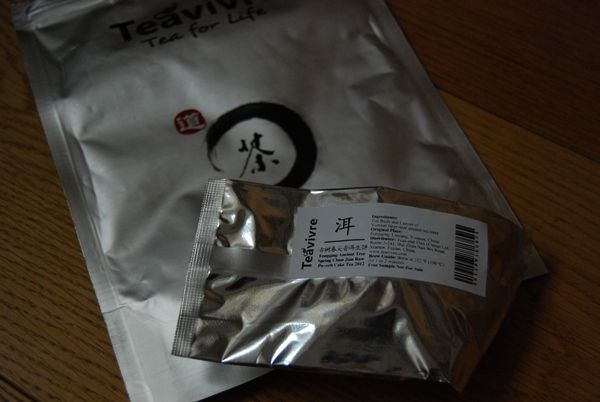
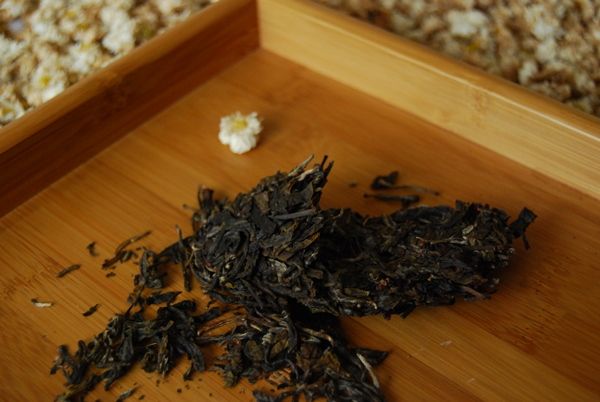
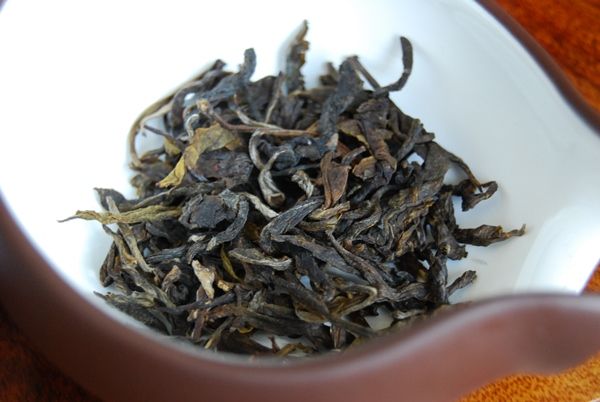
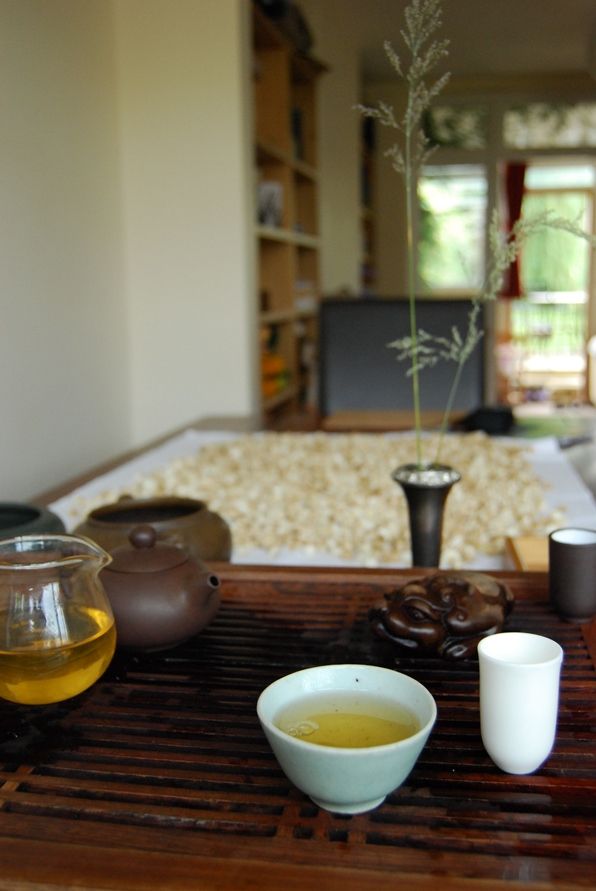
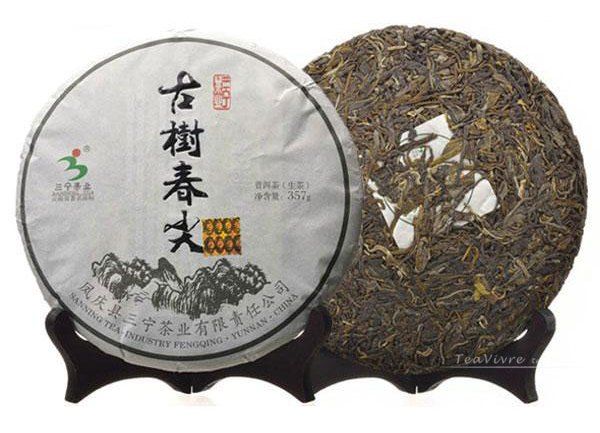

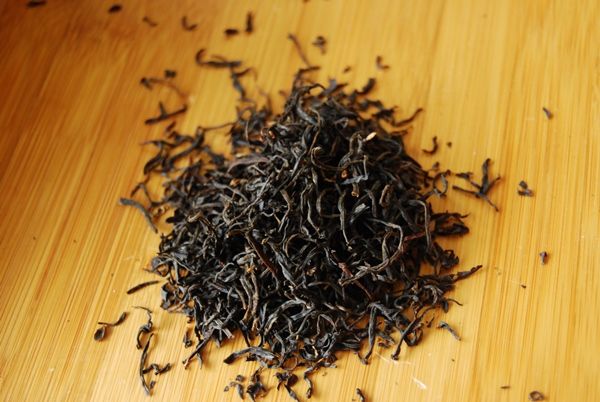
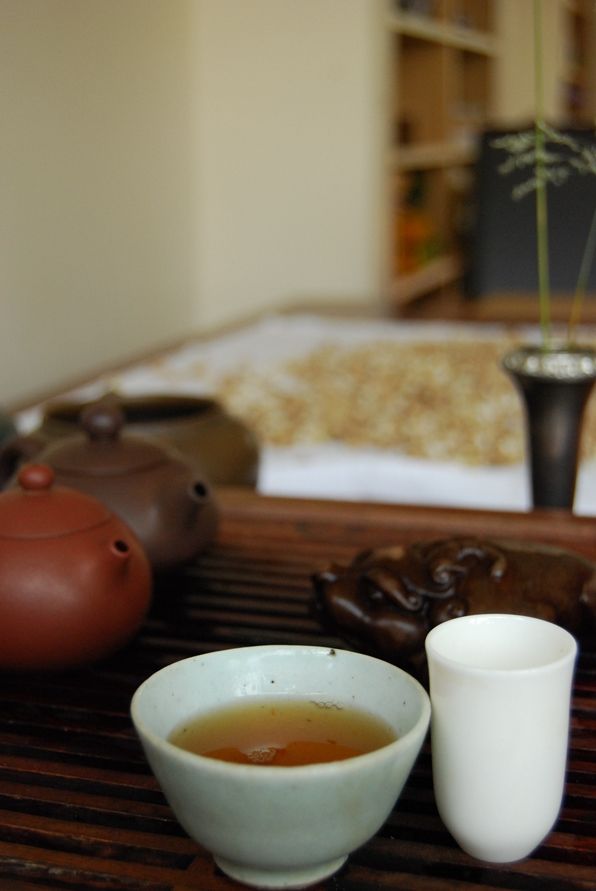

5 comments:
Dear Hobbes,
Funny, TeaVivre write that they have a lot of buyers from Russia, and I learned about this shop from your blog. :)
Nice writing as usual Hobbes.
Could you explain your brewing vessels used for the teas in this post? I take it that zisha pot was used for the puerh and the second pot (hongni?) was used for the hongcha?
What clays are the two pots and could you provide some more information on them (size, shape, your history with them, etc.)? (sorry, I've been in yixing-mode for the past week or two).
Thanks as always.
Dear Vovic,
I think tea-merchants that translate their pages into Russian (and Czech!) are becoming more popular for a reason. :)
Dear tT,
Thanks muchly for the comment. My usual pot (Zidu) is just zisha. I brew almost everything I drink within the rotund confines of his eponymous purple belly. The other pot sees the light of day whenever I venture into a hongcha mood, and is a hongni pot in the Xishi style bought from Teamasters. It's mighty fabulous, and highly recommended.
The xishi pot is about 80 ml and light-and-elegant, while Zidu is about 100ml and heavy-and-inelegant. Rather fitting!
Toodlepip,
Hobbes
Hobbes, you are not saying that almost all your market-moving reviews are done using a single xisha teapot to brew your tea?! Don't you believe that mixing tea types in a single pot is BAD? :-)
Dear Hektor,
I have a single pot for young pu'ercha - I think that's normal! Hongcha, wulong, etc. all have their own pots - but I deliberately keep my pot count below 5, then just use a gaiwan for everything else. I try not to accumulate things - except tea. :)
Toodlepip,
Hobbes
Post a Comment